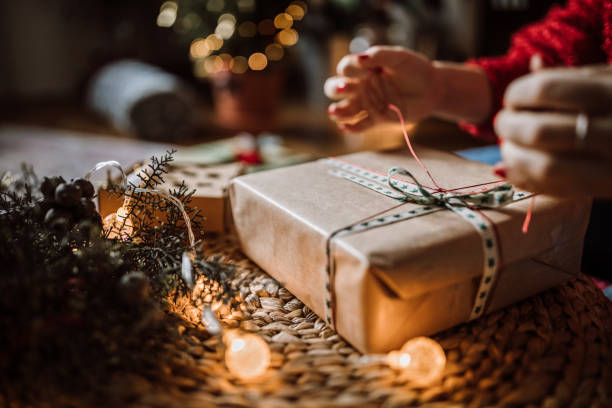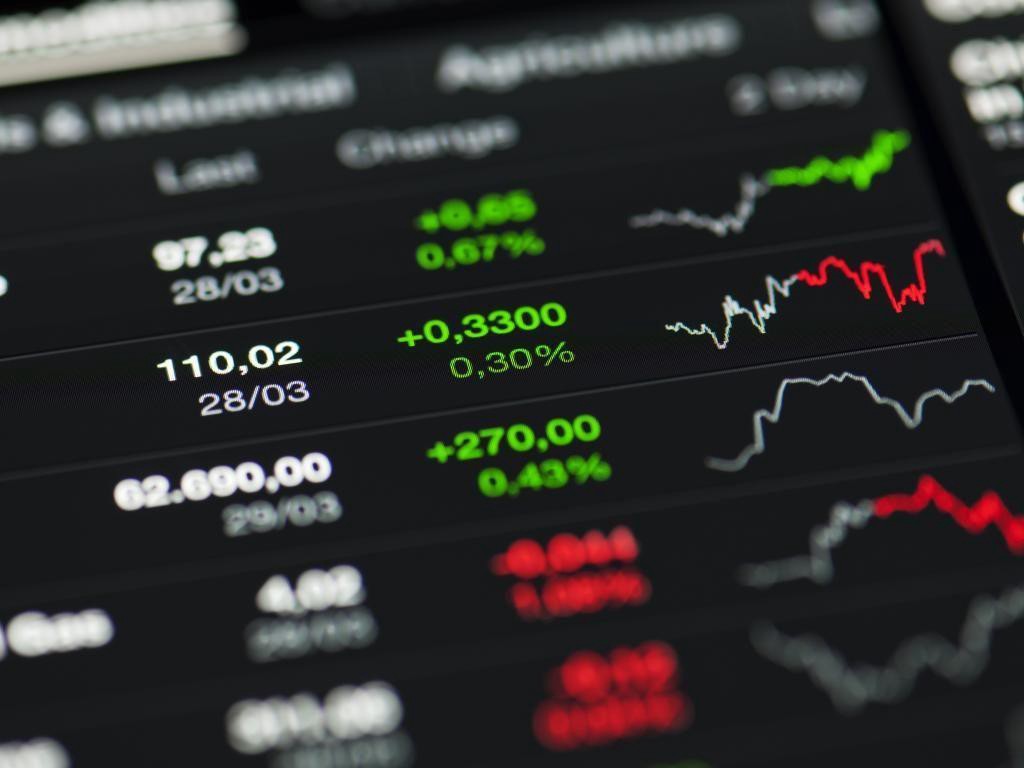The Whispering Strength of Minimalism in Design
Now to state the obvious: sustainability and style are no longer opposing ideologies. The green and gorgeous come together in a way that a piece of the trend setter as well as an environmentalist would be proud of. A good point of entry is taking up custom product packaging boxes. It is no longer obnoxious, wasteful, and smothered in excess, the current packaging screams eco-sensitive in a whisper. Made of recycled cardboard with nearly invisible ink to plant-based adhesives, what is outside speaks volumes, remaining silent at the same time.

This change is not surprising. Millennials and Gen Z customers are attracted to wrapped intention products. Nobody wants their most recent technology, or moisturiser to be packed in seven layers of disposable plastic. Rather, simple packages, which are printed using soy ink and contain post-consumer materials automatically evoke excitement. It is environmental responsibility that became the new cool.
Trends that are Redefining Green-friendly Aesthetics
Minimalism is not a fashion, it is a way of thinking. In style I think of capsule wardrobes. These few things meant to carry the burden that many do. In decorating in the home, less, but better object makes the space easy to breathe. Marie Kondo is not the only one who brings joy its consumers are now calculating on the species consequences of their purchases, not to mention the emotional edge.
Following suit come packaging. It is done with no excessive design. Rather, brands adopt toned color tones, dull matte surfaces, and simplest typography. There is not a single line, or texture out of place. Every contexture of imagery should bear a rationale; there should be a point in it other than the one of ornament. This is done without boredom, it is deliberate. Uselessness is non hip. Facility and usefulness are.
Or on packaging more brands have fronted certifications: FSC, certified responsibly sourced paper, compostable icons, carbon-neutral badges on plant-based wraps. These alleviate the minds of environmentally-sensitive consumers at first sight. Nielsen studies reveal that 2/3 consumers are happy to pay higher prices of goods that are packaged sustainably. They also appreciate the look of minimalist design as well as the ethical narrative of designing that would not devastate the entire planet.
Form and Fashion: Sustainable Materials at the Forefront
Nobody wishes to sacrifice efficiency at the cost of appearance and everything boils down to using the right materials. Recycled plastics, glass, and aluminum are now in the verge and they tend to look and be just as strong as their virgin counterparts. The alternative materials become increasing popular in the form of bamboo and sugarcane that can be easily replenished.
Today we are going to chat about textile. Tencel and organic cotton appear in tags on clothes and on expensive bed linen. They are of a softer texture, the colours are more honest, less artificial, more down-to-earth. Biodegradable polymers go even further: there could be a shirt bag or coffee pod that could decompose not contributing to the filling of landfills.
And this is a tidbit, now the boxes the Apple iPhones come in are slimmer as well as virtually paper made. The amount of shipping declined. Emissions dropped. All of a sudden, a fashionable gadget is prettier even before it has been opened.

Emotional Intelligence of Sustainable Style
Human beings do not make decisions using their eyes or wallets, they make decisions using their hearts. Unboxing is a treasure chest that can be achieved through an elegantly simple box without any drops of guilt. The moment of joy of buying is inextricably linked with conservation.
Consider that you are on a cosmetic purchasing spree. Recycled paper labels and glass jars give an immediate impression that this company does not make corners. Shoppers are not left out in the story. When you place your smooth refillable deodorant in the shelf, you are making a planetary vote every morning.
Psychologists indicate that sufficient is better than an excessive in a majority of occasions. Minimalist, sustainable design reverses the logic of the old-fashioned marketing which preaches that more is better. Consumers, instead, get the satisfaction of being smarter, prettier, lower impact.
Business Advantages: More than Hearts
The environmental positives are clear to view. Fewer emissions, wastes. However, it is minimalist, eco-friendly design that makes the business run, as well. Smaller packaging is cheaper. It translates to less weight of shipping. Less material consumption is equal to better margins.
Early followers experience a deep brand loyalty. A 2022 McKinsey report discovered customer rates of repeat buyers grew by 15 percent with the help of sustainability-led design. Such customers inform their friends, create unboxing videos and convert your packaging into organic marketing.
The government policies give a helping hand. Single-use plastics have been taxed or were banned by countries in the EU and other countries. By opting to embrace sustainable minimalism, brands bypass these curveballs and future-proof themselves on the coming legislation. The result? That can save companies’ money which they can use in further improved designs or transfer the thrifty approaches into their customers.
The Takeaway Style for the Soul and the Soil
Spare substance design is sentimental yet it rings true with the times that our planet finds itself in. It is a gently influential movie. It transforms ordinary products into meaningful events as opposed to distractive momentary activities.

As new eco-friendly solutions appear, the gap between the world of chic and conscious is becoming a bit narrower. The brands that take concrete steps in reducing their impact on the environment, without compromising their aesthetic qualities are put on the front lines both of the style and sustainability trend.
There are small adjustments which when combined ultimately produce differences. There are small steps that can be taken such as trimming a little, exchanging a material, discarding the superfluous, and voil the environmental impact of your company is already reduced. In their turn, consumers turn up both to the planet and to their own style. The art of making big impact with less that proves true even in the search of sustainability and style, less is really more.



